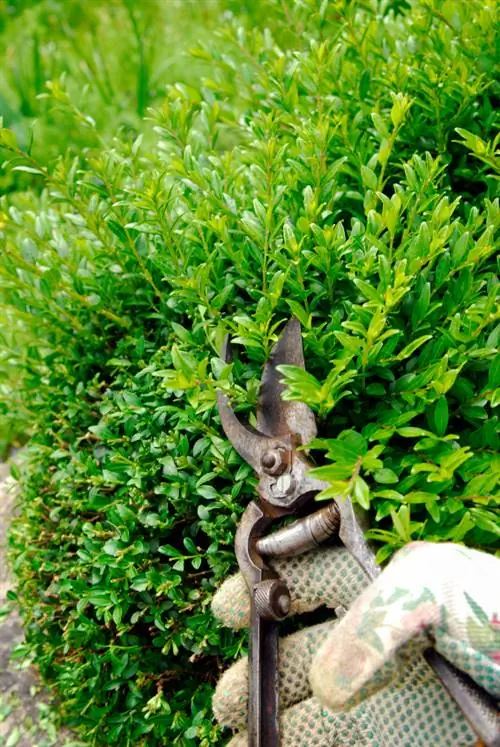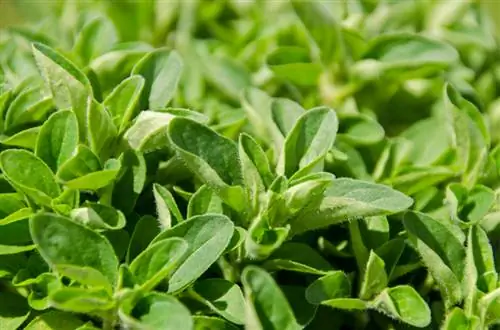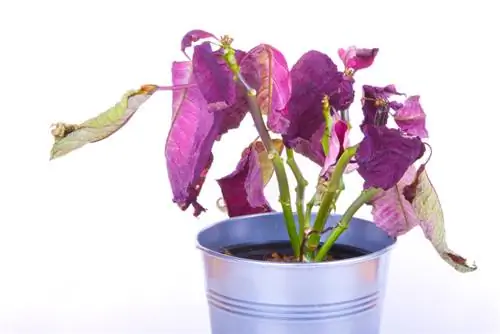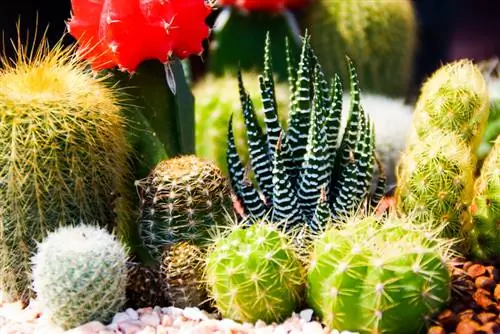- Author admin [email protected].
- Public 2023-12-16 16:46.
- Last modified 2025-01-23 11:20.
In no time, the honeysuckle snaked its way up the house facade. It takes up entire walls with its numerous shoots and provides the missing lush green! But things don't always look great. Sometimes it barely grows and becomes bald. A cut can help!

How to properly cut a honeysuckle?
There are two methods for cutting honeysuckle: 1. Thinning pruning in summer (or spring) to remove dense, dead and overlapping shoots; 2. Severe pruning between January and March (or late autumn), with older specimens radically shortened to 50cm above the ground. Make sure to make clean cuts with sharp tools.
Lighting cut: Summer is the best time
The goal of thinning honeysuckle is to allow more light and air to reach the central shoot or shoots. This reduces the risk of diseases such as powdery mildew, among other things. Conventional, but sharp and clean secateurs (€14.00 on Amazon) are suitable for cutting.
In general, honeysuckle is considered to tolerate cutting well. This is how you proceed with the thinning cut in summer (alternatively in spring):
- remove shoots that are too dense
- remove dead shoots
- remove disturbing secondary shoots
- cut off overlapping tendrils
Pruning: Older people cut radically and younger people cut gently
In spring between January and March or in late autumn before the first period of frost is the perfect time for more severe pruning. Such severe pruning is particularly necessary if the honeysuckle is bare. This happens, for example, with age, but also due to a location that is too shady.
Following such a cut, the honeysuckle will sprout again and branch out better. The following aspects are worth noting:
- do not radically cut away all central shoots
- remove old, withered shoots
- cut older specimens down to 50 cm above the ground
- use sharp pruning shears
- cut each shoot individually to avoid bruising
Old wood doesn’t always grow
Although various experts claim that honeysuckle can tolerate cutting into old wood. Sometimes that's not the case. With bad luck, a radical cut will result in sparse growth or the plant will die. The green young shoots, however, tolerate cutting much better.
Cut off diseased shoots
Even if the honeysuckle is growing perfectly, pruning may be necessary, for example if it is affected by diseases. Diseased plant parts should be removed immediately. Honeysuckle, for example, is affected by powdery mildew, especially in dry summers.
Take cuttings after cutting
If you cut back the honeysuckle in spring or thin it out in summer, you can use some shoots for propagation. These should be slightly woody shoots. The honeysuckle can be easily propagated (propagation from cuttings). The lower leaves are removed and the cutting is placed in a pot with potting soil.
Tips & Tricks
Make sure to make the cut cleanly. Otherwise there is an increased risk of fungal diseases establishing themselves.






